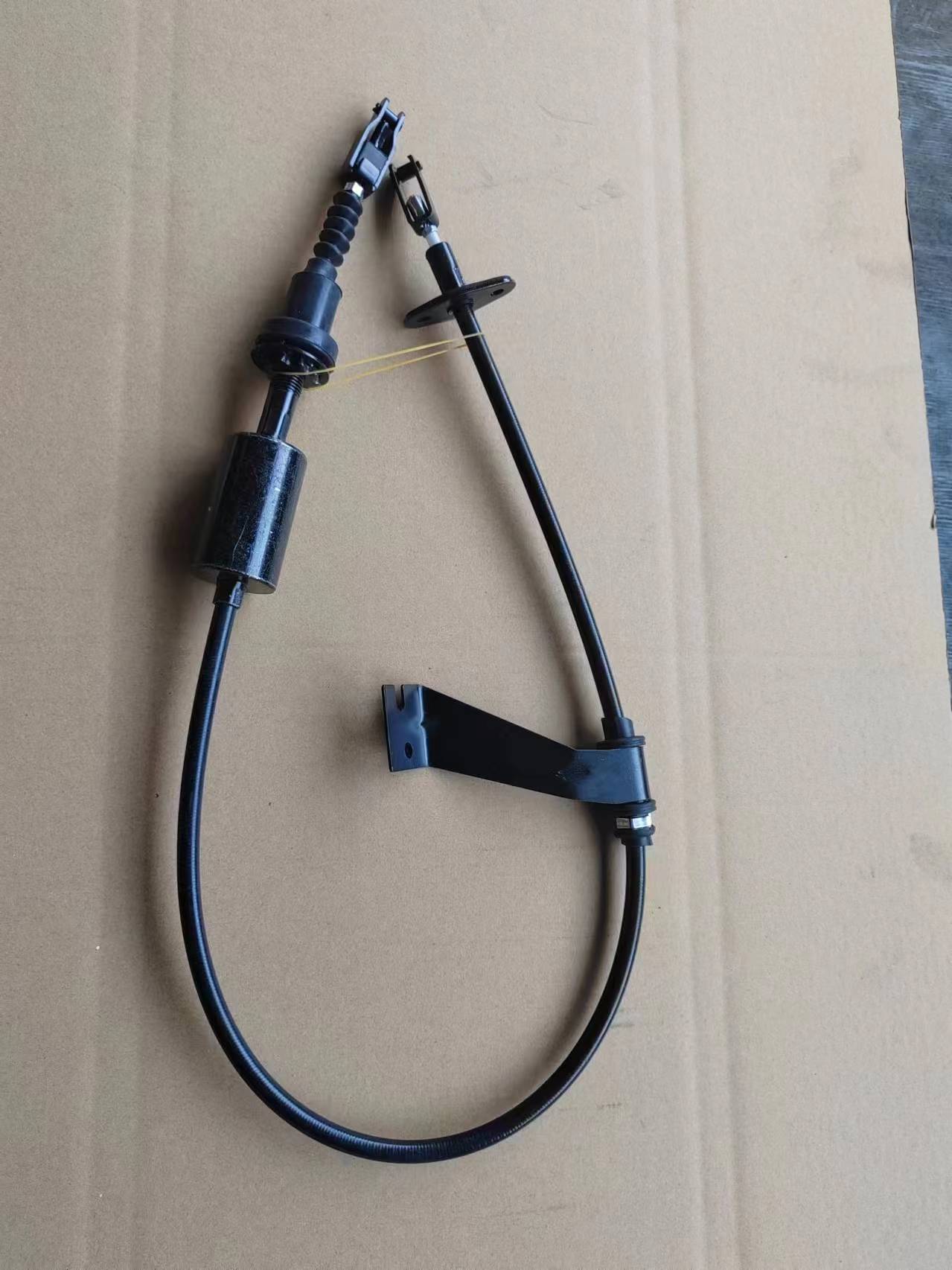throttle body cable
Understanding the Throttle Body Cable Function and Importance
The throttle body cable plays a crucial role in the functioning of an internal combustion engine, particularly in vehicles with traditional throttle systems. To comprehend its significance, we must first understand the basics of how engine control works in relation to this component.
What is the Throttle Body Cable?
The throttle body cable is a mechanical linkage that connects the accelerator pedal to the throttle body of an engine. When a driver presses down on the accelerator pedal, this cable pulls on the throttle plate within the throttle body, which allows more air to enter the engine. This increased airflow, paired with the corresponding increase in fuel, results in greater engine power and acceleration.
How Does It Work?
In a traditional cable-operated throttle system, the throttle body cable is made of high-strength materials to withstand the forces applied during operation. It consists of a metal or plastic outer sheath that protects the inner wire cable. The accelerator pedal is attached to one end of the cable, while the other end is connected to the throttle body.
When the driver accelerates, they essentially pull the cable, which, in turn, rotates the throttle plate. The position of the throttle plate directly influences the engine's air intake, thereby altering its speed and performance. Unlike modern drive-by-wire systems that use electronic sensors and actuators, the throttle body cable provides a direct and immediate mechanical response to the driver's input.
Advantages of Mechanical Throttle Systems
throttle body cable

The mechanical nature of a throttle body cable provides several advantages. Firstly, it offers a more direct connection between the driver and the engine, allowing for a more tactile and responsive driving experience. Enthusiasts often prefer this setup for its predictable behavior, especially in sports cars where precision is key. Additionally, mechanical systems are often easier to troubleshoot and repair compared to their electronic counterparts.
Potential Issues with Throttle Body Cables
Despite the advantages, throttle body cables can develop issues over time. Fraying, rusting, or kinking of the cable can result in a sluggish throttle response or complete failure to open the throttle, leading to subpar engine performance. Regular maintenance, including inspection for wear and lubrication, can prolong the life of the cable and ensure smooth operation.
Upgrading to Modern Systems
In recent years, many manufacturers have shifted towards electronic throttle control (ETC) systems, which use sensors to detect the position of the accelerator pedal and electronically adjust the throttle. While this transition offers benefits like improved fuel efficiency and emissions control, some drivers still yearn for the raw connection offered by a traditional throttle body cable.
Conclusion
The throttle body cable, though a simple mechanical component, is integral to the driving experience. It translates the driver’s intentions into engine behavior, providing the essential link between human and machine. Understanding its function and maintenance can ensure optimal vehicle performance and reliability over time. As technology evolves, enthusiasts must balance their desire for performance with the advancements in automotive engineering, but the throttle body cable remains a fundamental aspect of what drives our love for automobiles. Whether in vintage cars or modern machines, its legacy continues to impact how we interact with our vehicles.
-
Upgrade Your Control with Premium Throttle CablesNewsAug.08,2025
-
Stay in Control with Premium Hand Brake CablesNewsAug.08,2025
-
Experience Unmatched Performance with Our Clutch HosesNewsAug.08,2025
-
Ensure Safety and Reliability with Premium Handbrake CablesNewsAug.08,2025
-
Enhance Your Vehicle with High-Performance Clutch LinesNewsAug.08,2025
-
Elevate Your Ride with Premium Gear CablesNewsAug.08,2025
